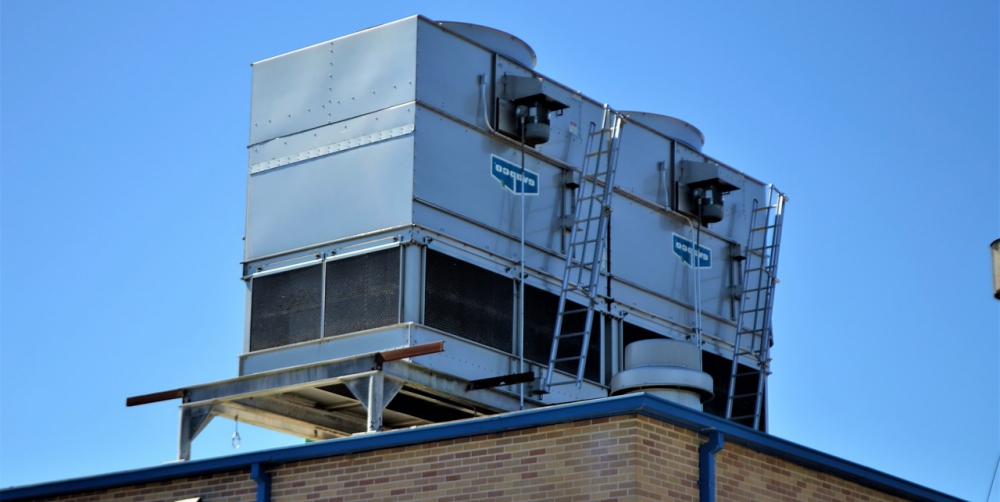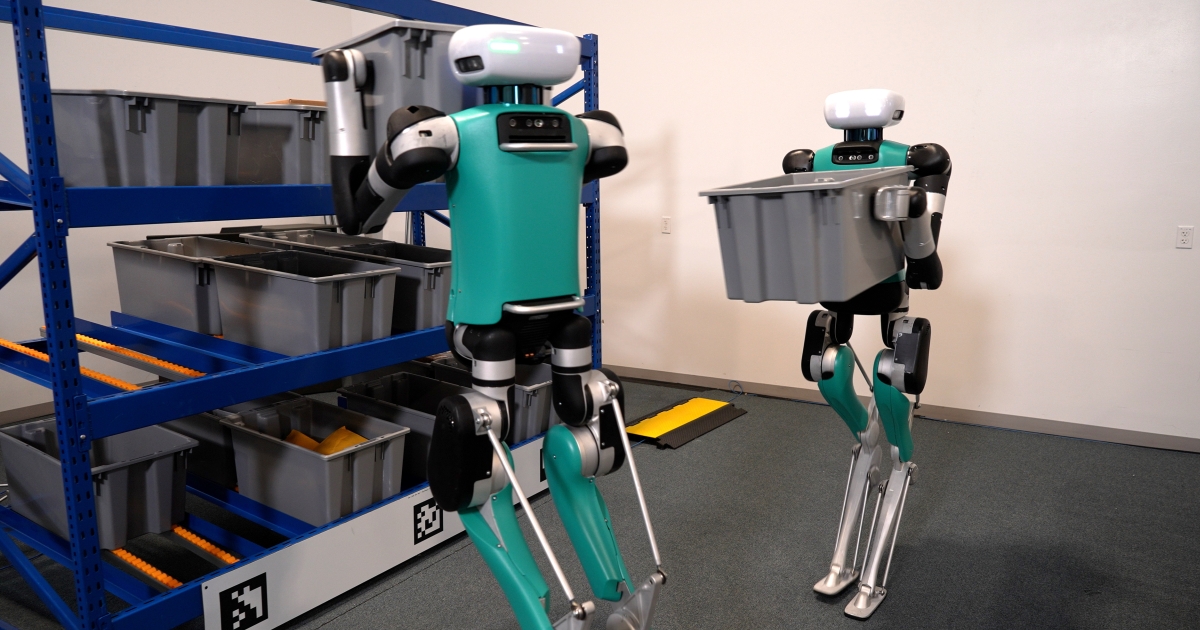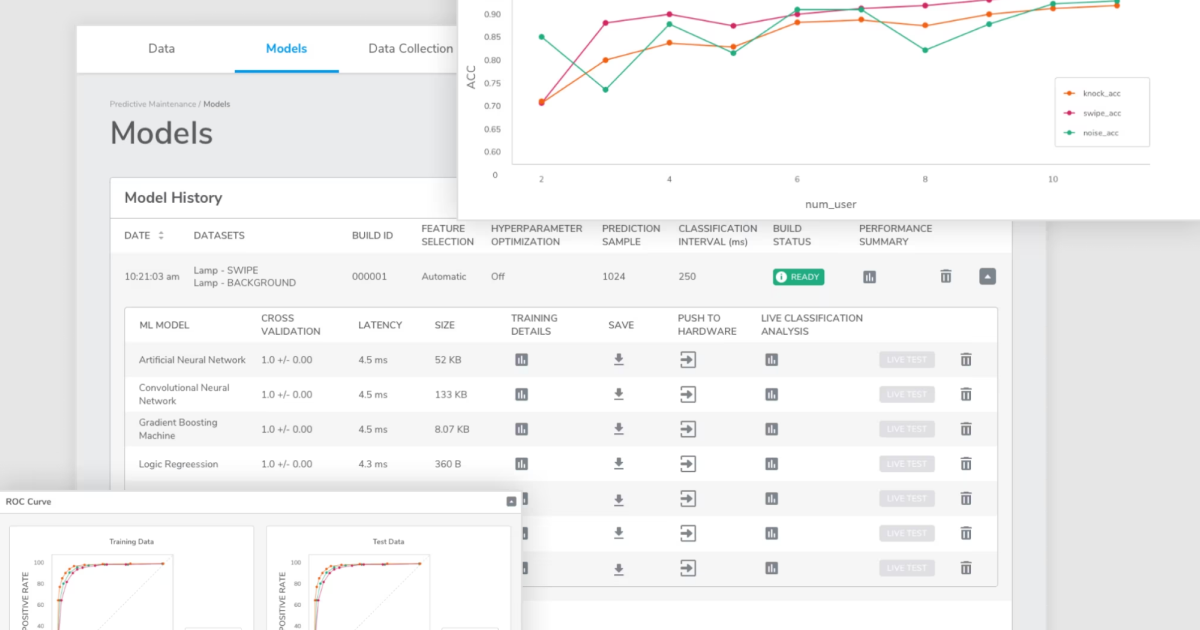
Your HVAC system is an unsung hero in your household. Sure, it delivers comfort you can feel, but most of us don’t give it a second thought until something goes wrong.
It’s important to keep up with regular maintenance. If you want to get the longest life possible out of your system, and postpone costly replacement, get it serviced and inspected at regular intervals. What you might not realize is that performing HVAC maintenance is a health and safety matter as well as a financial one:
- Detecting or Postponing Imminent Failure: Regular maintenance can uncover minor issues that can develop into larger ones, or even total failure, long before you’re left in the cold or the sweltering heat without relief.
- Resale Value: Prospective buyers might think twice about a home with a neglected HVAC system that might need replacement when all they really want to do is get settled into their new home.
- Energy-Efficiency: If your energy bills are higher than you believe they should be, it might be because you’ve neglected routine maintenance. Perhaps you just want to be sure you’re not burning more heating oil than makes sense.
- Better Air Quality: Homes are full of debris and dust and tend to foster bacterial and algae growth. Low-quality air even facilitates the spread of disease in certain clinical environments such as hospitals. Performing seasonal maintenance, including replacing air filters, keeps you breathing easy.
Seasonal maintenance on your HVAC system isn’t just a suggestion — it’s pretty much mandatory. The good news is, smart HVAC systems can make it far easier for you and your household to stay on top of things. Let’s take a look at how they work.
HVAC Comes of Age
There’s a good chance the thermostat in your home is programmable already. You can choose when, throughout the day and week, you’d like your system to operate. It means you can plan in advance to have the temperature drop during the winter while you’re at work or rise a little bit in the summer. It makes sure you’re not spending money to condition an empty home.
Smart HVAC systems take this concept to its logical conclusion and do away with the programming part. These days, your thermostat can think, after a fashion, for itself, and use a variety of sensors to react to conditions in your home or building. We tend to think of the benefits one household at a time, but consider how much money might be saved if an entire office building or corporate campus has heating and cooling that adjusts on-the-fly, with no human intervention, based on the occupancy of rooms, time of day and weather conditions beyond your walls.
If programmable thermostats were a revolution in energy use and financial pragmatism, these semi-intelligent HVAC systems are the obvious next step. They don’t just measure the temperature in a single location anymore. Multiple thermostats, plus satellite sensors spread throughout your home or place of business, also take into account the humidity and air quality as well as occupancy at any given time. You may have chosen to, for example, have the temperature in your building drop from 76 to 70 degrees overnight. However, if a team needs to use a conference room after-hours, your HVAC system can turn up the temperature in that room to accommodate this unscheduled use of space and turn it down again when they leave.
Removing the tedium of programming a thermostat and realizing energy savings are just two pieces of the picture. Our subject today is seasonal maintenance, but the truth is, introducing intelligent HVAC equipment can actually replace some of the seasonal items on your to-do list — or at least make them easier to remember. Smart HVAC systems can alert you when:
- Air filters need replacing
- A blockage of exterior equipment or intakes has compromised air flow
- A part is about to fail, and then shut off the system to avoid additional damage
- Someone has tampered with or closed air intakes or registers in your building, which impacts air flow and can make your system work harder than it needs to
Technology always finds a way to replace a lot of our busywork, and smart HVAC systems are no different. Just remember that there are several other seasonal and annual maintenance items that automation cannot help you with:
- Experts recommend you regularly clean debris in a 2-foot radius around any external equipment.
- You’ll also want to prevent clogs and algae growth in your air conditioner condensate drain by pouring a cup of bleach inside it once monthly or every quarter.
- If animals or the weather has compromised the refrigerant lines leading into your building, you should replace the insulation.
It All Comes Back to Human Health
We go to the doctor’s office for checkups at more frequent intervals as we get older. We replace the frayed seat belts in the 1972 Le Mans we inherited from our uncle. Short version? We baby-sit the things we rely on for convenience or health.
Smart technology is so exciting because it doesn’t need baby-sitting. It doesn’t respond to emerging problems — it anticipates them. It’s a good thing, too, because conditioning the climate in the places we live, work and play always comes back to human health and wellness. Getting left with a broken-down furnace in the middle of winter is a matter of well-being. So is receiving quarterly automated reminders to replace our air filters or batteries in our carbon monoxide detectors.
If there’s a thesis here, it’s that HVAC technology doesn’t just manage temperature — it manages air quality, too. Poor indoor air quality is associated with asthma and allergies, but it can even impact our sleep and produce flu-like symptoms in the most vulnerable of us, like children and the elderly.
The bottom line is that neglecting HVAC technology or taking it for granted can be an inconvenience at best and a health concern at worst. Why not take the guesswork out of the equation?
Edited by
Ken Briodagh





